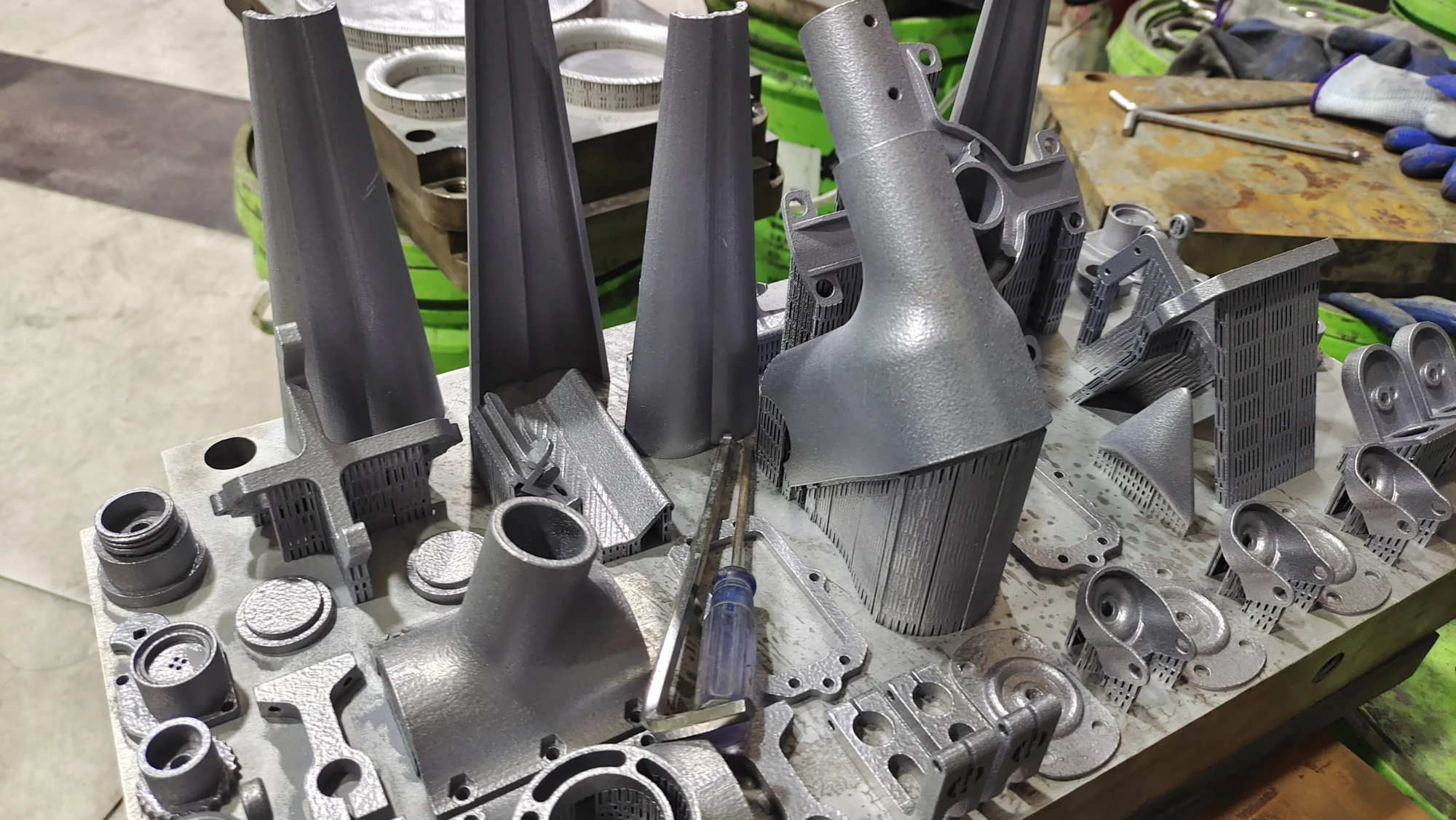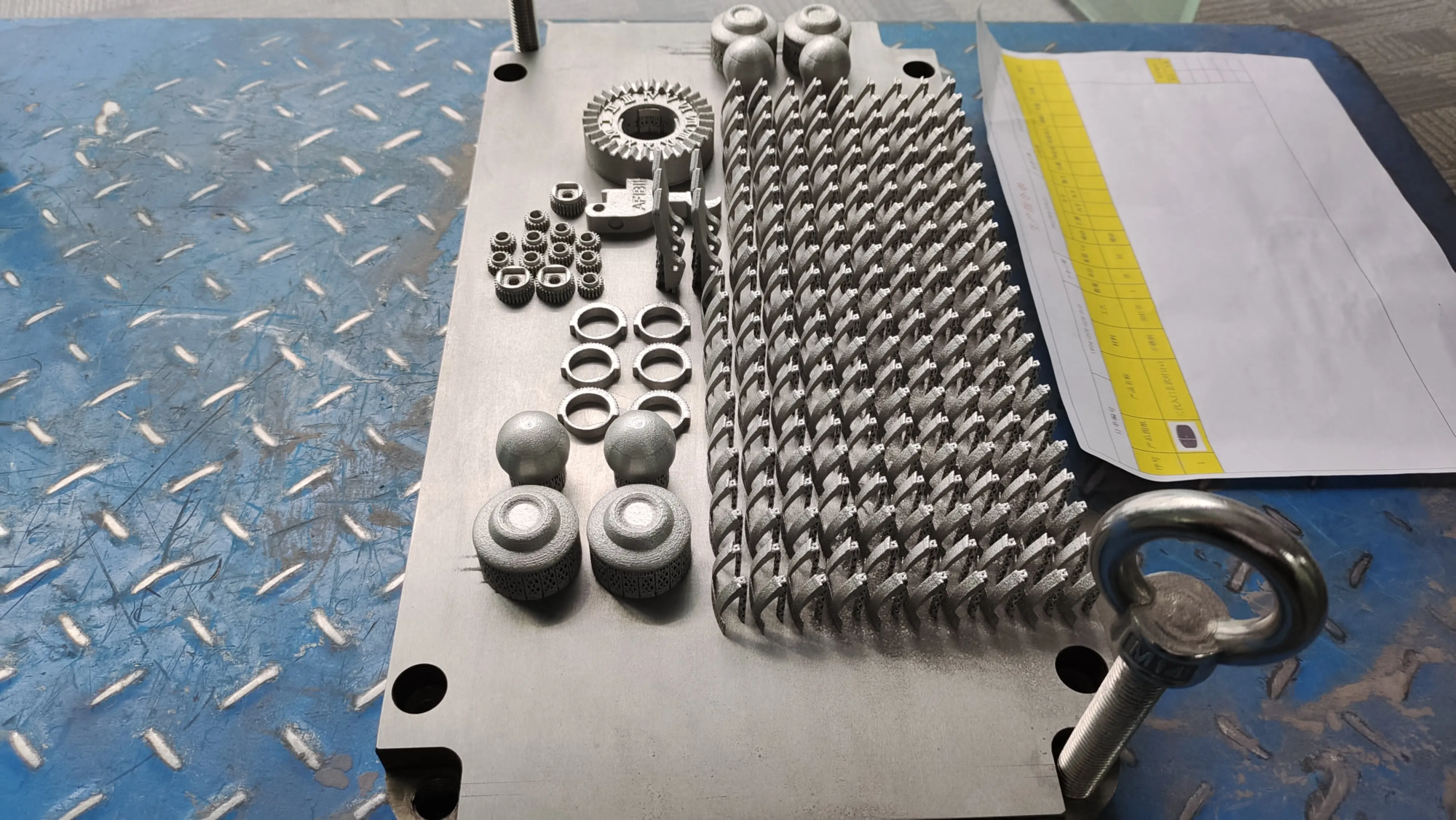With the advent of 3D printing technology, the automotive industry has witnessed a major transformation. In recent years, the concept of 3D printed cars has attracted people’s attention, and it is not difficult to understand why. From rapid prototyping to production, 3D printing offers many benefits, including reduced development time, increased efficiency and improved customization. In this article, we will dig into the world of 3D printed cars and explore the advantages, challenges and future prospects of this innovative technology.
One of the main advantages of 3D printing in the automotive sector is the ability to quickly create complex geometries and custom parts. Traditional manufacturing methods often involve lengthy production cycles, which can hinder the development process. However, with 3D printing, designers and engineers can quickly test and iterate their designs, reducing the market time for new cars. Furthermore, 3D printing can create lightweight and complex structures that cannot be produced using traditional methods, thereby improving fuel efficiency and reducing emissions.
Companies like professional rapid prototyping maker Greatlight are at the forefront of this technology. Using advanced SLM 3D printers and production technology, Greatlight solves the problem of rapid metal parts production and provides one-stop post-processing and completion services. This feature allows the rapid production of custom parts that can be used in a variety of applications, including the automotive industry.
The use of 3D printing in automobile manufacturing also opens up new possibilities for customization. Using traditional methods, producing customized parts can be time-consuming and expensive. However, 3D printing can quickly produce complex parts, allowing customized vehicles to be provided at a lower cost. This is especially important for luxury car manufacturers, where customization is a key selling point.
Despite its advantages, 3D printing in the automotive field also has challenges. One of the main problems is the high cost of 3D printing equipment and materials. Although the cost of 3D printing is falling, it remains a significant investment for many manufacturers. In addition, there are concerns about the scalability and reliability of 3D printing technology, especially for large-scale production.
With the continuous development of technology, we can expect to see significant advancements in the field of 3D printed cars. For example, the development of new materials and technologies (such as 4D printing) will make creating more complex and complex structures. In addition, the integration of artificial intelligence and machine learning will optimize the design and production process, thereby further improving efficiency and customization.
In short, 3D printed cars have taken an important step in the automotive industry. 3D printing provides the ability to quickly produce complex geometric shapes and custom parts, providing many benefits including reduced development time, increased efficiency and improved customization. Despite the challenges of this technology, the future prospects are promising and we can expect to see significant advancements in the coming years.
FAQ:
Q: What is 3D printing and how does it work?
A: 3D printing is a manufacturing process that involves creating physical objects from digital design. It works by layering materials such as plastic or metal to build complex structures.
Q: What are the benefits of 3D printing in the automotive field?
A: The benefits of 3D printing in the automotive field include reducing development time, improving efficiency and improving customization. It can also create complex geometric shapes and lightweight structures that increase fuel efficiency and reduce emissions.
Q: In the automotive field, what types of materials can be used for 3D printing?
A: A variety of materials can be used in 3D printing in the automotive field, including metals, plastics and composites. The choice of materials depends on the desired attributes of the particular application and the final product.
Q: Is 3D printing expensive and how much is the cost associated with it?
A: The cost of 3D printing may vary depending on the equipment, materials and complexity designed. Although the cost of 3D printing is falling, it remains a significant investment for many manufacturers.
Q: What is the future of 3D printed cars, and what will we see in the next few years?
A: The future of 3D printed cars is promising and significant progress is expected in the coming years. We can expect to see the development of new materials and technologies, such as 4D printing, and the integration of artificial intelligence and machine learning to optimize design and production processes.
ISO 9001 Factory





